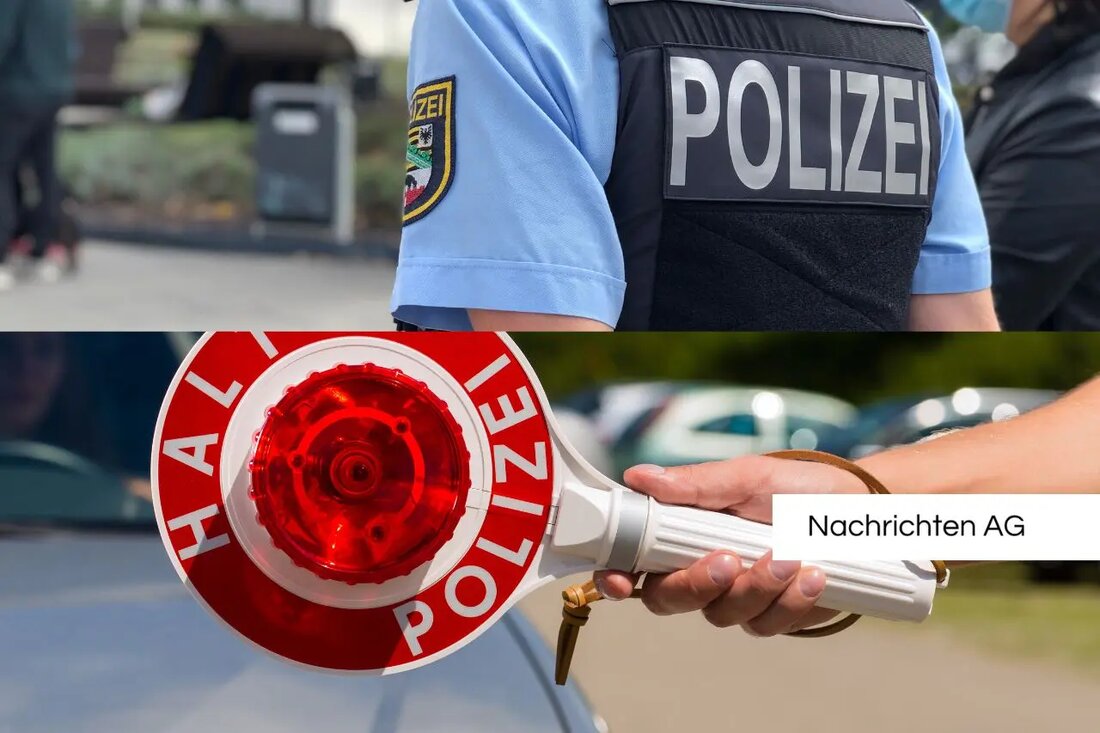Two villages, two cities: how the divided pure pure different worlds creates!
Two villages, two cities: how the divided pure pure different worlds creates!
The village of pure, which extends on the border between North Rhine-Westphalia and Lower Saxony, is not an ordinary place. With around 100 inhabitants and a bizarre division, pure distinguishes many distinguishing features that make it one of the most unusual villages in Germany. It has two postcodes, two power grids and even enjoys two mayors. These special features are the results of the geographical location, whereby the western half belongs to the Lippische community of Extertal (NRW), while the eastern half belongs to the stain in Aerzen in Lower Saxony. It is noteworthy that the village officially exists twice.
In pure, the differences are clearly noticeable. The waste disposal takes place on different days, depending on the respective side of the border. In addition, bus traffic is left out; The buses turn around on the border and do not drive the village. The road conditions can also vary within the village, which always presents the locals with new challenges. The cemetery of the village is located on the NRW side, regardless of the origin of the residents, which is another example of the bizarre conditions.
statutory holidays and cultural peculiarities
Another conspicuous element of the division is shown in the statutory holidays. Those citizens who live in the NRW area are free to Corpus Christi while the Lower Saxony have to work. Conversely, it is on Reformation Day: Here the Lower Saxony enjoy a day -free day, while the residents of NRW have to go to work. These differences are not just legal nature; They also shape everyday life in pure and create a feeling of "dubious" when it comes to belonging.
The division of the village is perceived by the residents both as a challenge and as a special identity. Many find it a curiosity that their home town belongs to two different federal states and their administrative structures are not harmonized. The complications caused by this division result in a wide range of reactions and emotional settings. There are phenomena in the region as in Münsterland, where the village of Suderwick borders the Dutch Dinxperlo and thus also exists in a “cross -border” situation.
Despite these lively circumstances, there is no agreement between the federal states to clarify the situation of pure. Both federal states seem to hold on to their respective control over their own part of the village, which further solidifies the unconventional situation. This raises questions about the future of the village and how the community identity of the residents will develop in such a requested relationship. Even if the division makes pure a particularly interesting anecdote in German geography, it remains above all an exciting, albeit complex, challenge for the people living there.
| Details | |
|---|---|
| Quellen | |


Kommentare (0)